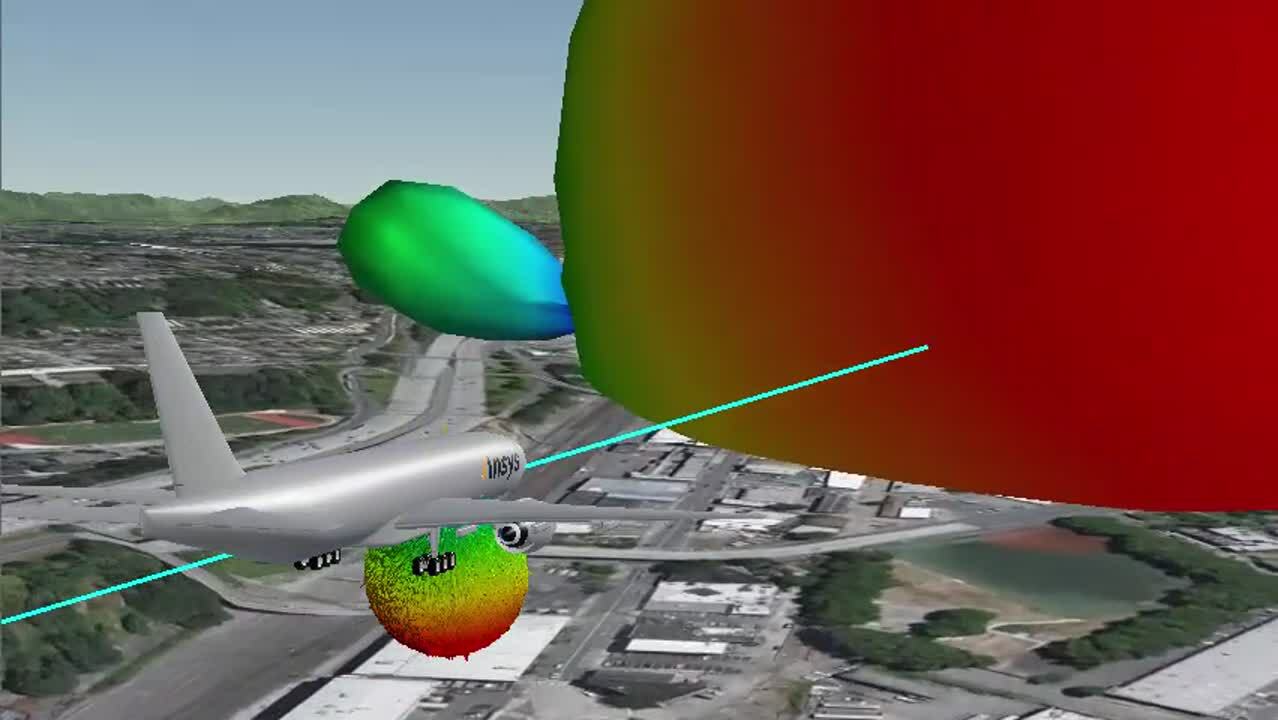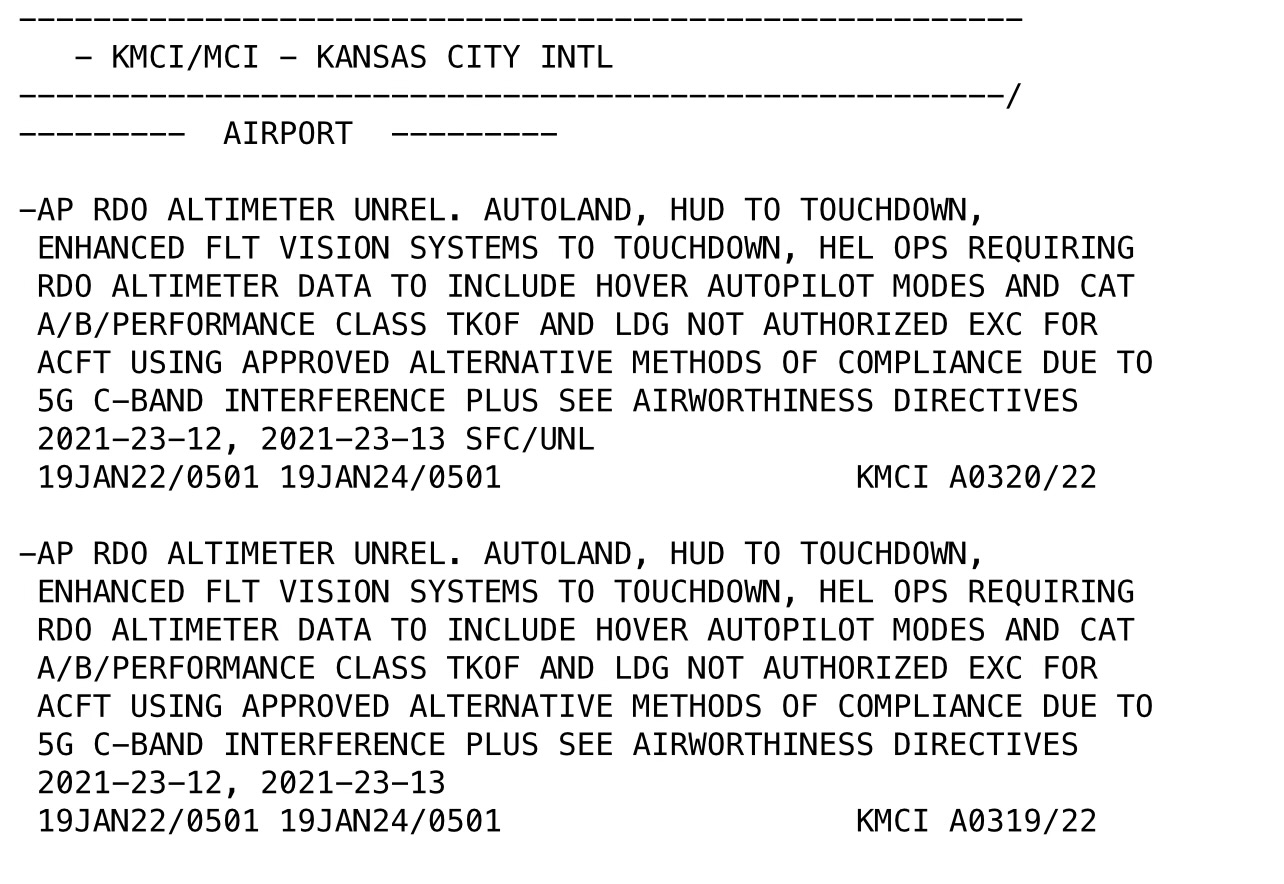As a pilot and semiconductor professional I was a bit shocked to get an Airworthiness Directive due to the 5G rollout. Airworthiness Directives are legally enforceable regulations issued by the FAA to correct an unsafe condition in a product:
“Airworthiness Directive (AD) 2021-23-12 was issued for all fleets in December 2021 and was added to all fleet AOM/OM VOL I. Specific 5G airport/runway NOTAMs activated the operating provisions and restrictions contained in the AD. The FAA has issued 5G NOTAMs effective 12:00 AM EST on Wednesday, January 19, 2022. There are a significant number of 5G NOTAMs issued for airports throughout our system, to include our hub and gateway cities.”
We discussed the is detail in the SemiWiki Experts Forum: Airlines warn of ‘catastrophic’ crisis when new 5G service is deployed and I made some inquiries inside the semiconductor ecosystem of how this could possibly happen and how could it have been prevented. The best response I got was from Ansys who has been publishing blogs on the topic on SemiWiki and on their own website and there is more to come:
Can you Simulate me now? Ansys and Keysight Prototype in 5G
The 5G Rollout Safety Controversy
5G and Aircraft Safety: How Simulation Can Help to Ensure Passenger Safety
5G and Aircraft Safety Part 2: Simulating Altimeter Antenna Interference
The latest post (above) included a video simulation (which is worth watching), the recent developments with the FAA, Verizon and AT&T, and how simulation could have avoided this Airworthiness Directive.
Caption – This computer simulation shows an aircraft landing through a C-Band 5G signal emitted from a base station near the airport. The orb below the aircraft represents the radar altimeter. Ansys, which created the simulation, is the leader in simulation software that is used by engineers to model these very types of scenarios so they can see and mitigate problems before physical products are made or deployed. This kind of modeling can also be used to set safety constraints on 5G transmitters at specific locations around airports or other locations of interest to public safety. It’s a lot less expensive to tweak a system in the computer than it is to make costly updates to hardware after construction. Shawn Carpenter, an expert in radio frequencies, antennas and 5G, is available to comment on the subject.
- The FAA reached an agreement with Verizon and AT&T to delay activation of C-band service for six months on base stations near 50 commercial airports with low-visibility approaches. According to an FAA statement released January 28, the service providers shared information on the exact locations of new 5G transmitters so that the FAA can study interference potential in more detail to shrink areas where the wireless carriers are allowed to deploy active transmitters. At this point, it appears that C-band towers within 2 miles of the designated airports are still inactive, and it’s not yet clear when AT&T and Verizon will plan to activate them. Verizon has indicated that this affects about 500 towers near airports, which is less than 10% of their total deployment of new C-band systems.
- The FAA has worked to approve radar altimeter systems as well as commercial aircraft on which they are installed, to allow low-visibility landings at airports where 5G C-band services have been deployed, subject to the agreement with the 5G service providers. By the end of January, the FAA estimated that it had approved about 90% of the U.S. commercial aircraft, including most large commercial jets that incorporate one of the 20 approved radar altimeter units. However, some smaller airports which can only be served by smaller aircraft are still experiencing flight cancellations because the aircraft servicing them have not yet been cleared.
As a pilot and frequent international flyer I still have concerns but I do appreciate the discussion and the efforts of ANSYS to better understand this problem, absolutely.
Also Read
The Clash Between 5G and Airline Safety
The Hitchhiker’s Guide to HFSS Meshing
The 5G Rollout Safety Controversy
Share this post via:







Comments
There are no comments yet.
You must register or log in to view/post comments.